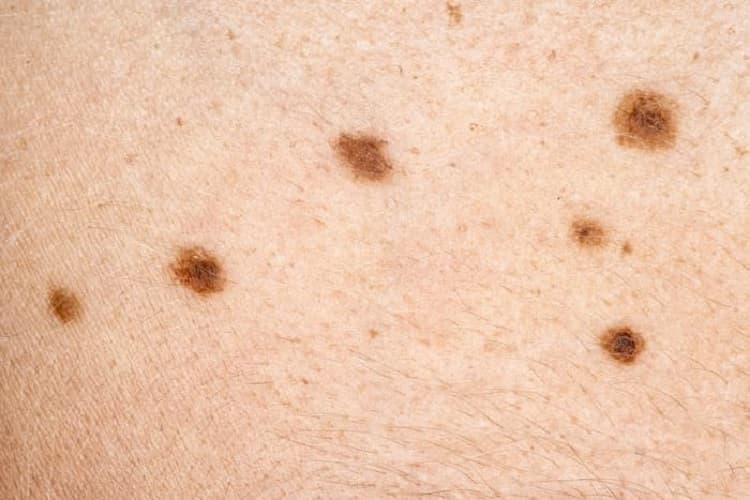Moles are not all something to worry about. Most of them are harmless and are collections of pigmented cells. However, moles can also be problematic and signify potential severe chronic skin complications like skin cancer. That is why the mole New York specialists advise patients to pay attention and observe their moles regularly to notice changes that could prove problematic. Catching problematic moles early can make treatment more accessible and practical and prevent cancer. They can be surgically removed while young to prevent the spreading of skin cancer. Here is how you can tell when your moles are becoming problematic.
Keep Count
It is essential to count the number of moles you have and ask someone to help you in areas you might not account for. Many people have around 10-40 moles in their bodies, while most are harmless. However, having 50 moles or more could mean your risks of developing melanoma are higher, and you should stay alert and begin early screening. Take count of your moles regularly to notice if the number is increasing. But this does not mean that you relax when you have a lower mole count. You also need to pay attention to other red flag signs.
Evaluate the Color of Your Moles
Ordinary moles will be brown, tan, or black. Therefore, you should not be worried when you notice your moles are either of those colors. However, if you notice the mole’s color-changing, like developing black, tan, or brown shades, that is a cause of concern. Additionally, moles that are blue, white, pinkish, or red have a high potential for cancer. Also, note that not all your moles could be troublesome. Therefore, inspect individual moles and notice those that are darker or have a different color than others. However, color is not everything; even cancerous moles could match your skin. Therefore, you have to consider other signs.
Consider the Shape and Symmetry
Ordinary moles will be oval or round, and both halves match when you draw a line through the center of the moles. But most cancerous moles tend to be asymmetrical and irregularly shaped. But that does not mean that all irregular moles are cancerous; it only means that having them increases your chances of developing melanoma. Plus, there is no way you can tell a mole is cancerous without visiting your doctor. So, noting an asymmetrical mole should only prompt you to seek further help.
Investigate the Mole Borders
If you notice the borders of your moles are jagged, uneven, or scalloped, consider it a warning sign, and you should seek expert help. But that does not mean that if your mole’s smooth borders, all is not well. Dermatologists agree that atypical moles’ appearance varies greatly, and problematic moles might not check all warning signs. You have to look for new development in your moles, proving the importance of regular checkups on your moles.
Evaluate the Size of Your Moles
Cancerous cells can be of any size. However, consider any mole about the size of a pencil eraser or a quarter-inch or larger in diameter as a warning sign. Also, never underestimate any change in the size of your moles; significantly an increase. It can help your dermatologist catch melanoma when it is smaller.
Having moles in your skin does not necessarily mean danger. However, it increases your risk factors for skin cancer. Therefore, it is crucial to stay alert and evaluate your moles regularly for any abnormal characteristics or changes. Reach out to Manhattan Dermatology for help.









